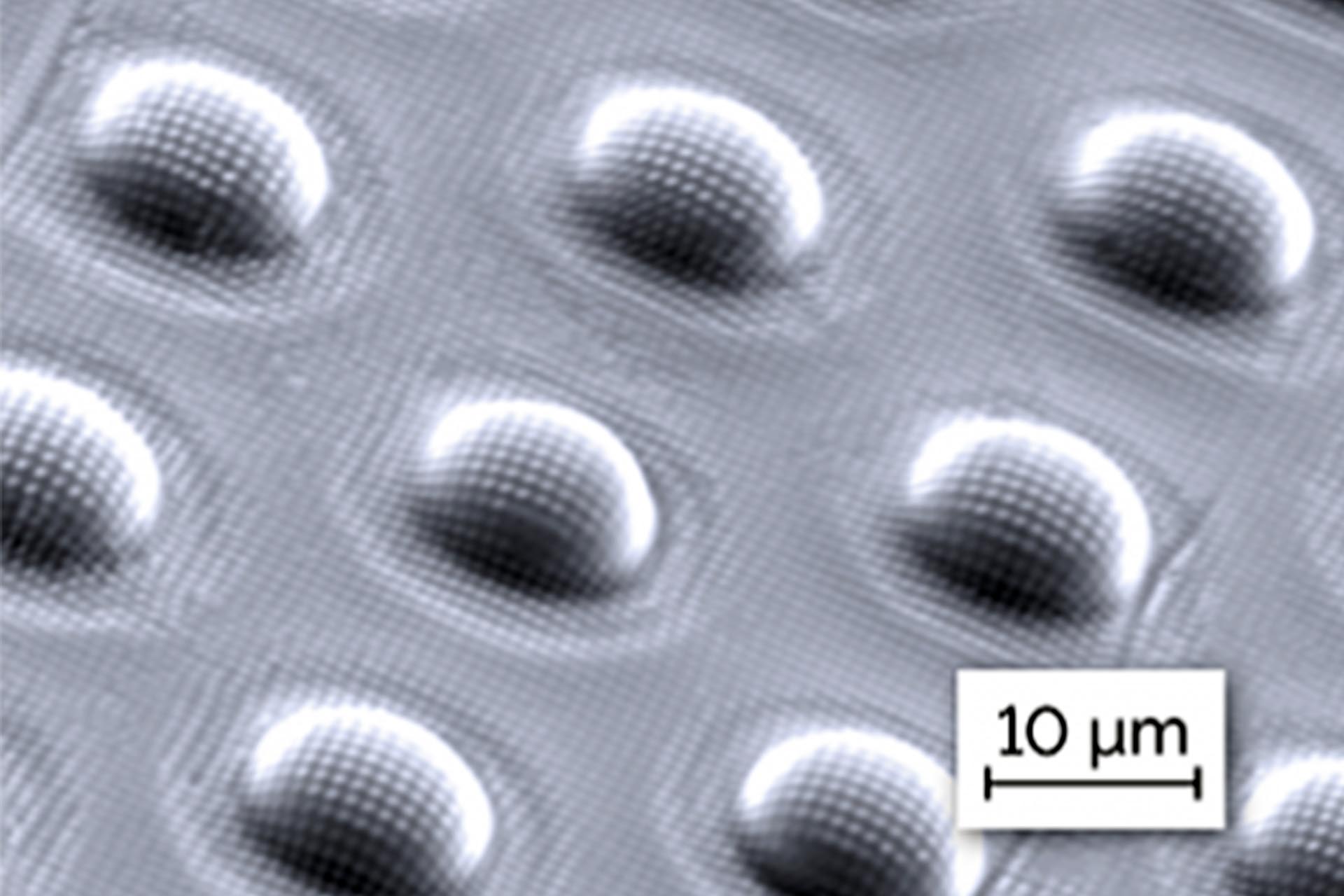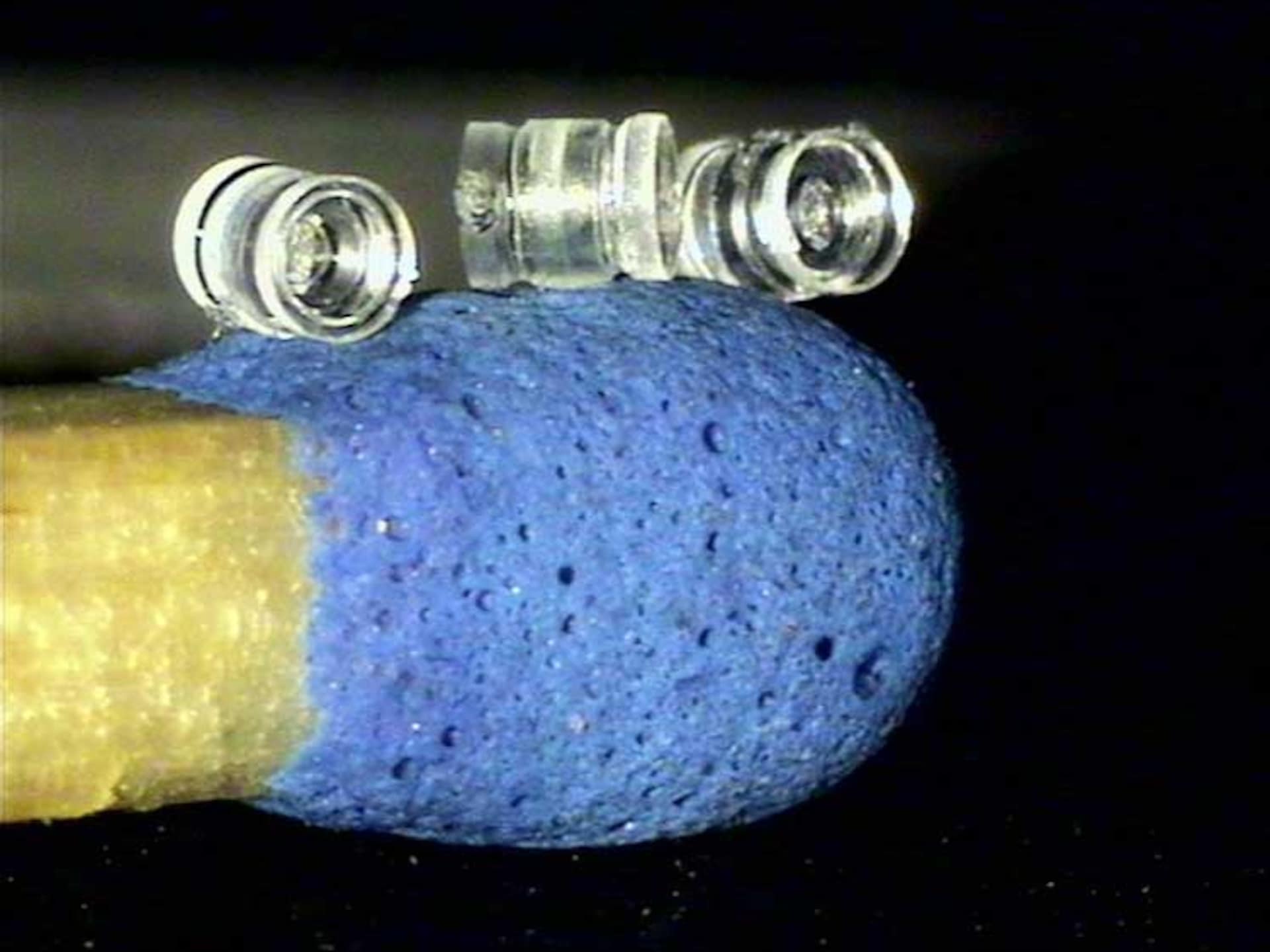
Source: Heidelberg Instruments
<>
Micro-Optics: Exploring the World of Tiny Optical Components
Fabrication of Micro-Optical Components
Micro-optics involves the creation of extremely small optical components. These components can be made using traditional methods like those used for larger optical elements, or through specialized techniques originating from microelectronics and optoelectronics.
Optical Materials
While traditional optical materials like glasses and polymers are used in micro-optics, other materials are often preferred for their compatibility with fabrication techniques. Semiconductors and transparent liquids are examples of materials used in micro-optical components.
Principles of Operation
Micro-optical components operate based on fundamental principles of physical optics, such as refraction and reflection. However, the small dimensions in micro-optics can introduce limitations due to diffraction, which is a critical factor in imaging applications.
Integration of Micro-Optics with Actuators
Many micro-optical elements are combined with miniature actuators to enable functionalities like switching or adjusting optical functions. These actuators are often simple and can provide precise movements at high speeds due to the small sizes involved.
Characterization of Micro-Optics
Specialized techniques are required to test and characterize micro-optical components, as traditional methods used for large optics may not be applicable. Custom-developed inspection devices are often necessary to investigate a large number of devices made on a common wafer.
Typical Applications of Micro-Optics
Micro-optics find applications in various fields such as telecommunications, lighting, laser technology, and biomedical devices. They are used for purposes like beam collimation, displays, lighting optimization, data multiplexing and switching, tuning parameters, and more.
Cost Structure
The fabrication and testing of micro-optics require sophisticated machinery, leading to high development and operation costs. However, mass production of micro-optical elements can result in lower costs per device, making them ideal for mass-produced products.
Conclusion
Micro-optics offer a fascinating glimpse into the world of miniaturized optical components. From fabrication to integration with actuators and a wide range of applications, these tiny optical elements play a crucial role in various technological advancements.

Source: Jenoptik
Feel free to comment your thoughts.



